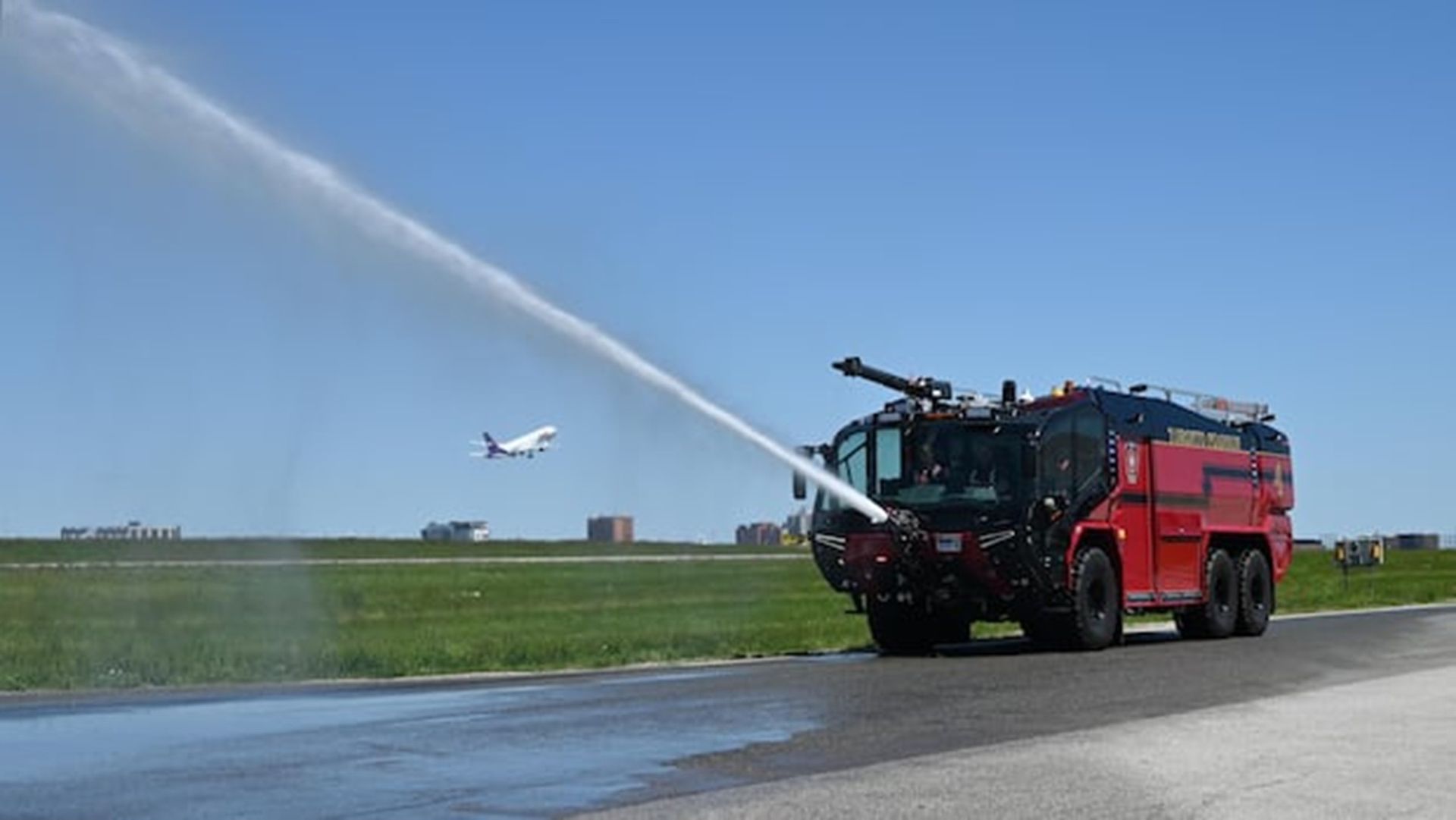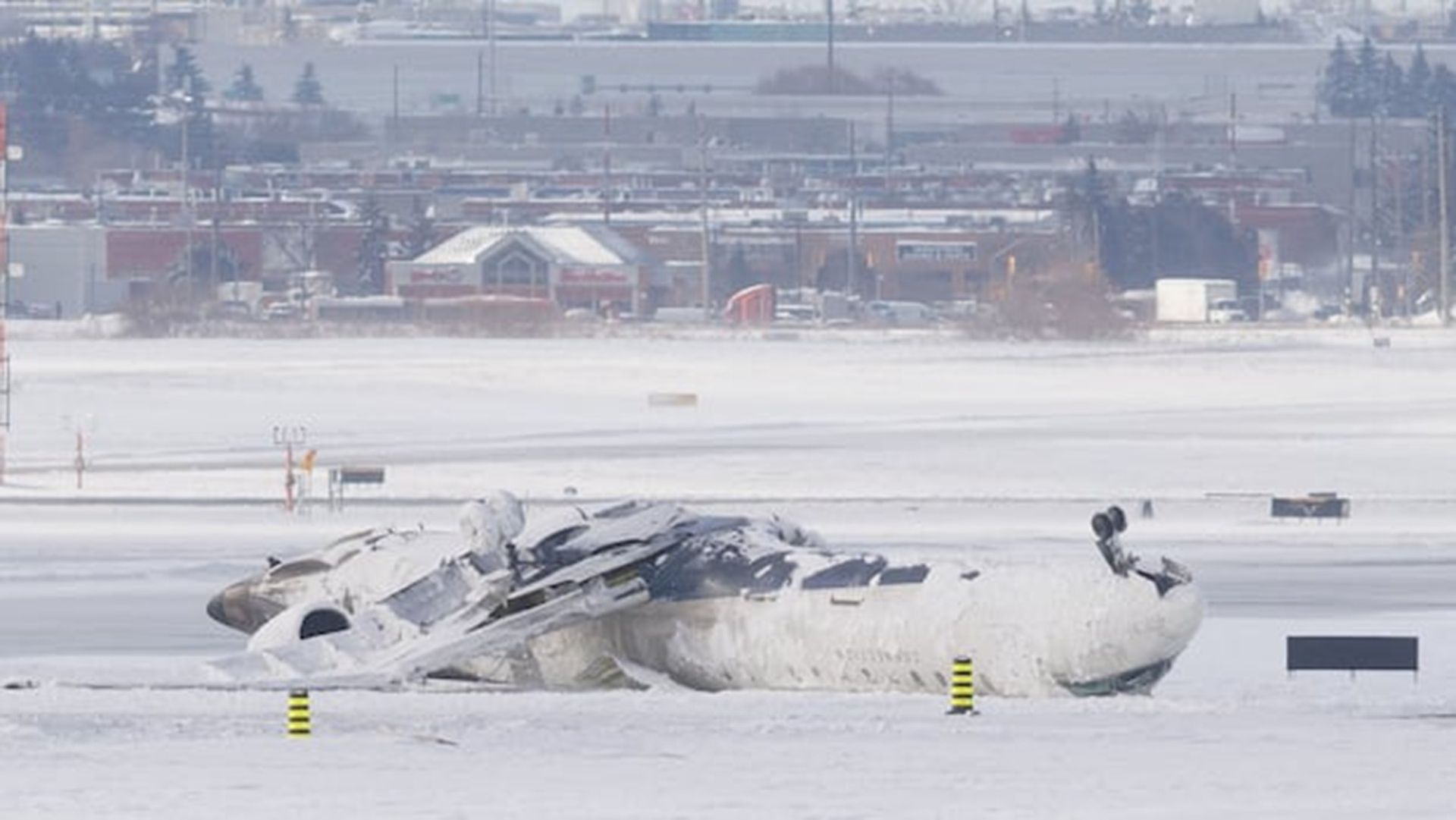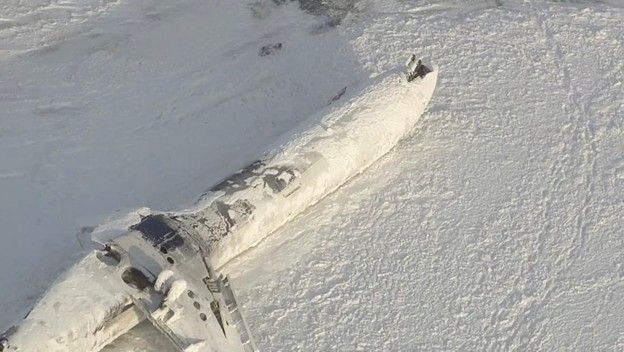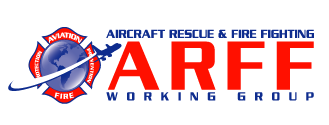ARFF Daily News
Published on:
Wednesday the 19th of February, 2025
'A miracle on that plane': Swift emergency response credited for no fatalities in Pearson plane crash
'This was a good news story,' professor says
Muriel Draaisma · CBC News
A swift response by flight attendants, crews and emergency workers was among the key reasons why no one died in Monday's plane crash at Toronto's Pearson International Airport, an expert and officials say.
Relatively new and specialized fire trucks, acquired by the airport in recent years, also made a difference, officials say.
"Everybody walked away, and to me, that is a miracle on that airplane," John Gradek, an operations and integrated aviation management professor at McGill University, told CBC Radio's Metro Morning on Tuesday.
"That is a credit to the firefighting team at Toronto Pearson, the pilots and the aircraft manufacturer."
Gradek said he has seen lots of crashes result in "total destruction." In this case, the number of injured now stands at 21, with injuries ranging from minor to critical. Two of the 19 people taken to hospital remain there, according to Delta Airlines.
"This was a good news story," Gradek said.
Broken and burned aircraft still on tarmac
Delta Airlines flight 4819 from Minneapolis to Toronto, operated by subsidiary Endeavor Air, crashed when it landed at about 2:15 p.m. on Monday. Eighty people, 76 passengers and four crew members, were on board. Two runways remain closed as an investigation by the Transportation Safety Board of Canada (TSB) continues. The broken and burned aircraft remains on the runway where it flipped.
At a news conference on Tuesday, Deborah Flint, president and CEO of Greater Toronto Airports Authority, told reporters that the airport is grateful that there was no loss of life or life-threatening injuries suffered by anyone on the plane in the accident.
"Flight attendants, flight crews and airport emergency workers and responders mounted a textbook response, reaching the site within minutes and quickly evacuating the passengers," Flint said.
Flint described the workers as "heroes."
Toronto Pearson Fire Chief Todd Aitken told reporters that firefighters responded quickly.
"Upon arrival, the crew did witness spot fires," Aitken said. "They were able to quickly knock down the spot fires using the aircraft rescue firefighting apparatus. Once the fires were knocked down, the crews did make entry and performed primary search and rescue."
Fire crews encountered jet fuel, flames
Aitken added that most passengers had evacuated the plane when the firefighters arrived. The passengers were escorted to a secondary location to be triaged.
"Upon arrival, there was jet fuel and there was flames. We have specialized aircraft rescue firefighting equipment that carries water foam and dry chem and it is utilized to smother and cover up the jet fuel. We do have the appropriate equipment and the appropriate training to mitigate that emergency," Aitken said. "We train for such events."
The crash comes nearly 20 years after another major crash at Pearson that also ended with no fatalities.
On Aug. 2, 2005, Air France Flight 358 skidded off the runway at Pearson after trying to land during heavy rain and lightning. All 297 passengers and 12 crew members on the plane survived the crash, an outcome described by then-federal Transportation Minister Jean Lapierre as a miracle.
- The day in 2005 when a jet went off a Toronto runway and everyone lived
- 'A miracle' no deaths as Air France flight skids off runway, burns in Toronto
Since then, the technology used to respond to fires at the airport has changed. CBC News visited the Toronto Pearson Fire Station last spring to learn more about their new state of the art fire trucks, called Rosenbauer ARFF Vehicles, specifically designed for aircraft rescue. Those specialized trucks were put to use during Monday's response.
The trucks are equipped with tires that allow for off-road capabilities regardless of weather conditions, which allows firefighters to get to any runway in under three minutes. A typical city fire truck can produce 454 litres of water per minute, while this fleet in comparison has the capacity to produce 8,865 litres per minute.

'Grateful for my own life,' passenger says
For one passenger, Pete Koukov, there was no warning that the plane was in trouble.
"Everything was completely fine" until the wheels hit the ground, he said.
Koukov said the plane slid to its right side and passengers were suddenly hanging upside down by their seatbelts. He then lowered himself to the floor. He said he was relieved to get off.
"I was happy to touch down and get off. Thankfully, the flight crew did an amazing job," told CBC News Network on Tuesday.
When he was getting out of the plane, two men helped to lower him down and get out of the plane.
"It didn't feel like every man for themselves kind of situation. It was cool to see everyone work together and get off the plane together in an orderly, logical and safe way."
Koukov said there was an explosion on the plane after he exited. "It was a big boom in the middle of the plane," he said.
Koukov suffered a sore back in the crash, saying he is "relatively okay considering the circumstances."
- Investigators retrieve cockpit voice, flight data recorders from crashed Delta plane
- What we know about the plane that crashed, flipped at Toronto's Pearson airport
He is currently staying in an AirBnb and hoping to get his passport back even though it was left on the plane. He said he has been told by airport officials that passengers will be able to retrieve their belongings once the TSB investigation is over.
"No one died. Grateful for that and grateful for my own life, for sure," he said.
"Yeah, just grateful to be here," he added. "At the end of the day, everybody is going to be fine, which is pretty insane to say after a plane crashing and flipping over and on fire."
https://www.cbc.ca/news/canada/toronto/emergency-response-pearson-airport-plane-crash-1.7462204


NTSB Prelim: Piper PA-32-300
The Main Wreckage Came To Rest At The Base Of A Mountain Ridge
Location: Round Mountain, NV Accident Number: WPR25LA080
Date & Time: January 2, 2025, 12:30 Local Registration: N4151R
Aircraft: Piper PA-32-300 Injuries: 1 Fatal
Flight Conducted Under: Part 91: General aviation - Personal
On January 2, 2025, about 1230 Pacific standard time, a Piper PA-32-300, N4151R, was substantially damaged when it was involved in an accident near Round Mountain, Nevada. The pilot was fatally injured. The airplane was operated as a Title 14 Code of Federal Regulations Part 91 personal flight.
The airplane was the subject of an ALNOT (alert notice) that was issued on January 6, 2025 and was subsequently cancelled on January 16, 2025 after the airplane was located by the Nevada Department of Wildlife.
The airplane departed from its home airport of North Las Vegas Airport (VGT), Las Vegas, Nevada at an unknown time. Preliminary ADS-B data captured the airplane at 1104:10 about 20 nm west of VGT at 10,000 ft mean sea level (msl). The flight track ceased momentarily, at 1115:51, and subsequently resumed at 1126:07 on a northwesterly course. At 1143:15 the track arced to the north where it remained until it ceased completely at 1203:48 still at approximately 10,000 ft msl.
The wreckage was located by law enforcement about 60 nm north of the last recorded ADS-B data point at the base of the northeastern face of Mt. Jefferson at an elevation of about 11,000 ft msl. Photographs provided by the recovery team showed that the main wreckage came to rest at the base of a mountain ridge. The empennage, comprised of the vertical stabilizer, rudder, horizontal stabilizer, and stabilator, was separated from the fuselage and collocated with the main wreckage. The wings, fuselage, and engine compartment came to rest a few ft from the main wreckage.
The wreckage was recovered to a secure location for further examination.
FMI: www.ntsb.gov

Today in History
40 Years ago today: On 19 February 1985 Iberia flight 610, a Boeing 727, impacted a tv antenna on a mountain during the descent towards Bilbao Airport and crashed, killing all 148 occupants.
Date: Tuesday 19 February 1985
Time: 09:27
Type: Boeing 727-256
Owner/operator: Iberia
Registration: EC-DDU
MSN: 21777/1487
Year of manufacture: 1979
Total airframe hrs: 13408 hours
Cycles: 12347 flights
Engine model: P&W JT8D-9A
Fatalities: Fatalities: 148 / Occupants: 148
Other fatalities: 0
Aircraft damage: Destroyed, written off
Category: Accident
Location: 30 km SE of Bilbao Airport (BIO) - Spain
Phase: En route
Nature: Passenger - Scheduled
Departure airport: Madrid-Barajas Airport (MAD/LEMD)
Destination airport: Bilbao Airport (BIO/LEBB)
Investigating agency: CIA
Confidence Rating: Accident investigation report completed and information captured
Narrative:
Iberia flight 610, a Boeing 727, impacted a tv antenna on a mountain during the descent towards Bilbao Airport and crashed, killing all 148 occupants.
Flight IB610 departed Madrid at 08:47 for a scheduled flight to Bilbao, where it was scheduled to land at 09:35. The Boeing 727, named "Alhambra de Granada", climbed to the cruising altitude of FL260. At 09:09 the crew were instructed to descend to FL100. Seven minutes later the copilot contacted Bilbao Tower. The controller then cleared the flight for an ILS approach: "Iberia 610, you can continue descent, for an ILS approach to Bilbao, runway 30, wind is 100 degrees 3 knots, QNH 1025 and transition level 70." This was confirmed by the crew. The controller subsequently offered them a direct clearance to the approach fix, which is located at 13 DME from the airport. The captain declined and decided to fly the standard approach procedure.
At 09:22 flight 610 reported over the Bilbao VOR at 7000 feet, starting the standard approach procedure. The airplane further descended to 5000 feet, which it reached three minutes later. The crew switched the Altitude Alert System to 4300 ft (the minimum sector altitude is 4354 feet) and continued the descent. The altitude alert horn sounds 900 feet prior to reaching the preset altitude (approach mode) and 300 feet below that altitude (deviation mode). Since the flight had 700 feet to go, the horn would only sound at around 4000 feet. Since the crew descended below the minimum sector altitude, the altitude alert horn sounded at 4040 feet. The crew interpreted this being the approach mode alert, and continued their descent. Fifty-seven seconds after passing through the minimum sector altitude, the airplane struck the base of a structure of antennas located close to the top of Mount Oiz (3356 feet high). The left wing broke off and the remaining fuselage crashed onto the hillside, cutting a swath through the trees.
CAUSE: "Their confidence on the automatic capture performed by the Altitude Alert System, the misinterpretation of its warnings, as well as a probable misreading of the altimeter made the crew to fly below the safety altitude, colliding into the television antennas' base, thus losing the left wing, falling to the ground with no possible control of the aircraft."

